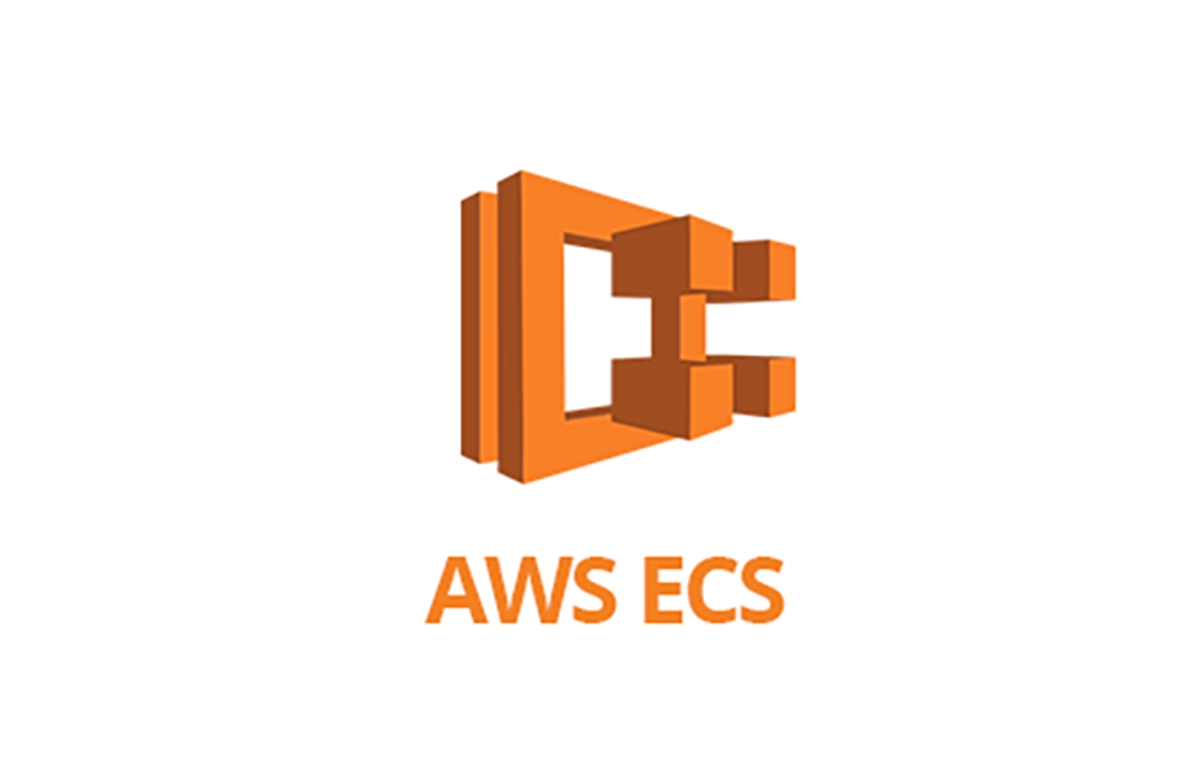Amazon Elastic Container Service (Amazon ECS)
 Ashwin
Ashwin
What is Amazon ECS?
AWS ECS is a fully managed container orchestration service that allows you to run Docker containers at scale. It eliminates the need to manage your own container orchestration infrastructure and provides a highly scalable, reliable, and secure environment for deploying and managing your applications.
Why Choose ECS Over Other Container Orchestration Tools?
Before diving deep into ECS, let's compare it with some popular alternatives like Kubernetes and Docker Swarm.
Comparison with Kubernetes:
Kubernetes is undoubtedly a powerful container orchestration tool with a vast ecosystem, but it comes with a steeper learning curve. ECS, on the other hand, offers a more straightforward setup and is tightly integrated with other AWS services, making it a preferred choice for AWS-centric environments.
Comparison with Docker Swarm:
Docker Swarm is relatively easy to set up and is suitable for small to medium-scale deployments. However, as your application grows, ECS outshines Docker Swarm in terms of scalability, reliability, and seamless integration with AWS features like IAM roles and CloudWatch.
ECS Fundamentals
Clusters: These are logical groupings of EC2 instances on which containers are run. ECS manages the clusters and distributes tasks based on defined parameters.
Tasks: Tasks represent a set of containerized applications that run together on the same EC2 instance. Each task comprises one or more containers that work together to deliver a specific functionality.
Services: Services in ECS help define how many tasks should be running and maintain the desired state, ensuring the specified number of tasks are continuously running and healthy within the cluster.
Container Instances: These are EC2 instances that have the ECS container agent running on them, allowing them to connect to the ECS cluster and run containers.
Pros of Using AWS ECS
1. Seamless Integration with AWS Services:
Amazon ECS seamlessly integrates with other AWS services like Elastic Load Balancing (ELB), Identity and Access Management (IAM), and CloudWatch, simplifying various aspects of application deployment and management.
2. Flexible Scaling Options:
ECS offers both manual and automatic scaling capabilities. With Auto Scaling, ECS can dynamically adjust the number of containers based on defined metrics, ensuring optimal resource utilization.
3. Cost-Efficiency:
It allows users to optimize costs by deploying and managing containers based on specific resource requirements, thus eliminating unnecessary overhead.
4. Security and Compliance:
Leveraging IAM roles and security groups, ECS offers robust security features, enabling secure deployment and management of containers while ensuring compliance with industry standards.
Cons of Using AWS ECS
AWS-Centric: If you have a multi-cloud strategy or already invested heavily in another cloud provider, ECS's tight integration with AWS might be a limitation.
Learning Curve for Advanced Features: While basic usage is easy, utilizing more advanced features might require a deeper understanding.
Limited Flexibility: Although ECS can run non-Docker workloads with EC2 launch types, it is primarily optimized for Docker containers.
Getting Started with Amazon ECS:
Creating a Cluster: Start by setting up a cluster within ECS. Define the resources, networking, and access controls based on your application requirements.
Defining Tasks and Services: Configure tasks and services to run your containerized applications. Specify container images, resource limits, networking, and any other necessary configurations.
Managing Workloads: Use the ECS console, CLI, or SDKs to manage, monitor, and scale your containerized workloads. Monitor performance metrics and logs using CloudWatch for efficient troubleshooting.
Advanced Features: Explore advanced ECS features such as task placement strategies, integration with AWS Fargate for serverless container management, and use of AWS CloudFormation for infrastructure as code.
Steps to Create an Amazon ECS Cluster:
Step 1: Sign in to the AWS Management Console
Go to the AWS Management Console (https://aws.amazon.com/console/), sign in to your account, and navigate to the Amazon ECS console.
Step 2: Create a Cluster
Navigate to Amazon ECS: In the AWS Management Console, select the Amazon ECS service.
Click on "Create Cluster": On the Amazon ECS dashboard, click on the "Create Cluster" button.
Select Cluster Template: Choose a cluster template based on your requirements. You can start with the "Networking only" or "EC2 Linux + Networking" template. For this example, let's select "Networking only."
Configure Cluster: Provide a name for your cluster, such as "MyECSCluster." You can also configure the VPC, Subnets, and Security Groups for your cluster. Review and customize the settings according to your infrastructure needs.
Create the Cluster: Once you've configured the settings, click on the "Create" button.
Step 3: View and Manage the Cluster
Access Cluster Details: After creating the cluster, you'll be redirected to the cluster's details page. Here, you can see an overview of your cluster configuration, including its ARN, status, and associated resources.
Explore Cluster Configuration: Navigate through tabs to view the ECS instances, services, tasks, and other details related to the cluster.
Step 4: Launch Container Instances (Optional)
If you haven't already launched container instances, you can do so by following these steps:
Create ECS Instances: In the cluster details page, under the "ECS Instances" tab, click on the "Create ECS Instances" button.
Configure Instance Details: Follow the prompts to configure your EC2 instance settings, including instance type, number of instances, IAM role, and key pair.
Launch Instances: Review the settings and click on "Create" to launch ECS container instances.
Step 5: Deploy Services and Tasks (Optional)
Once the cluster is created and instances are launched, you can proceed to deploy services and tasks onto the cluster:
Create Task Definitions: Go to the "Task Definitions" section in the ECS console and create a task definition for your containerized application. Define container settings, resource requirements, and networking configurations.
Create Services: After creating a task definition, navigate to the "Clusters" section, select your cluster, and click on the "Create" button under the "Services" tab. Configure the service by specifying the task definition, desired number of tasks, load balancing, and other settings.
Subscribe to my newsletter
Read articles from Ashwin directly inside your inbox. Subscribe to the newsletter, and don't miss out.
Written by

Ashwin
Ashwin
I'm a DevOps magician, conjuring automation spells and banishing manual headaches. With Jenkins, Docker, and Kubernetes in my toolkit, I turn deployment chaos into a comedy show. Let's sprinkle some DevOps magic and watch the sparks fly!